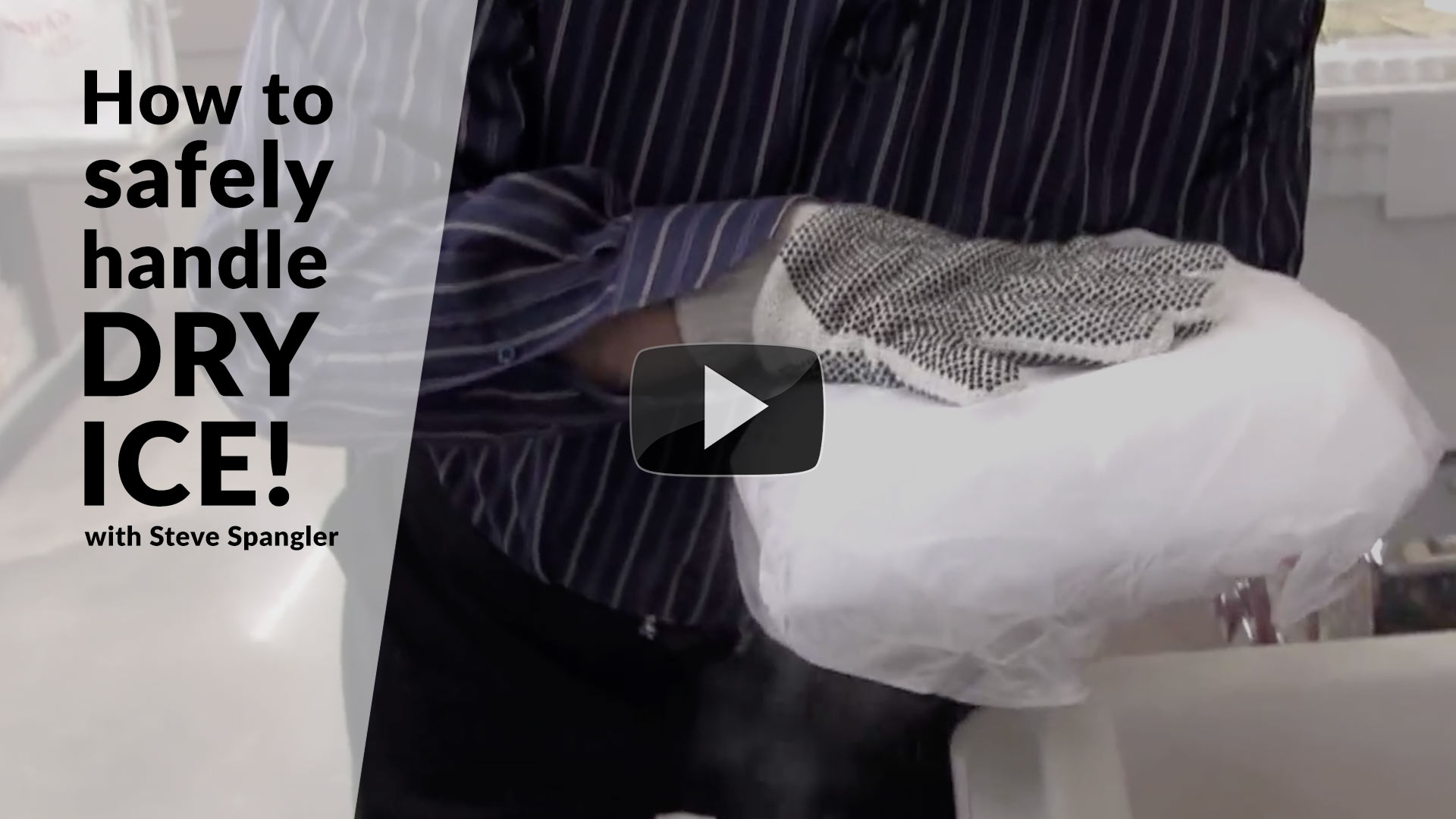First Class Tips About How To Handle Dry Ice Safely

Be sure to wear insulated gloves when.
How to handle dry ice safely. How to handle dry ice avoid direct contact with skin. Necessary ventilation do not enter closed areas that have stored dry ice before airing out. Also, make sure to not store dry ice in a regular freezer in a refrigerator.
Handling when handling dry ice, be careful to keep all your skin covered. The storage unit, however, should not be completely airtight. The extreme cold of dry ice can cause frostbite and damage to your skin.
If you don't have an ice cream maker, you can use dry ice to make ice cream with your. Never put dry ice into any food, drinks or liquids that might be ingested by humans or animals! Safety operations equipment people trends break room dry ice safety tips:
How to safely handle dry ice by admin_ag | published march 31, 2023 the number one thing to consider when handling dry ice is, do not touch with bare hands. The best place to store it is in a cooler wrapped in a towel. Remember, proper handling and transportation methods will prevent accidents and ensure a.
Handling dry ice safely 1. Learn how to safely handle dry ice. If the dry ice is unusable, then dispose of it properly.
Always wear gloves designed for very cold temperatures and safety goggles. Remember to move slowly and carefully as you work with the dry ice. Give dry ice a little breathing room.
Dry ice should be stored inside an insulated container. Cooler water will result in thinner fog. Here are some key safety precautions to keep in mind when working with dry ice:
These will shield your skin and eyes from potential frostbite and irritation caused by direct contact with dry ice. When handling dry ice, be sure always to wear thermal gloves and tongs. Always wear eye protection when chiseling because chips of dry ice can fly into your eyes.
In the dry ice manufacturing process, pure co 2 gas is first pressurized and cooled in order to turn it into a liquid. If you're looking for that cool foggy effect, you need to submerge the dry ice in water. Wearing insulated gloves and using tongs to handle or move dry ice can help protect your skin from damage.
Pick up the dry ice with tongs. It is essential to be aware of how to properly handle, store, and even transport dry ice because any lapses could be fatal. If your bare skin is exposed to dry ice, it can burn the skin.
















:max_bytes(150000):strip_icc()/dry-ice-in-your-cooler-3969362_FINAL-2d6ff8cf0215454a8890ce546c11c102.png)

